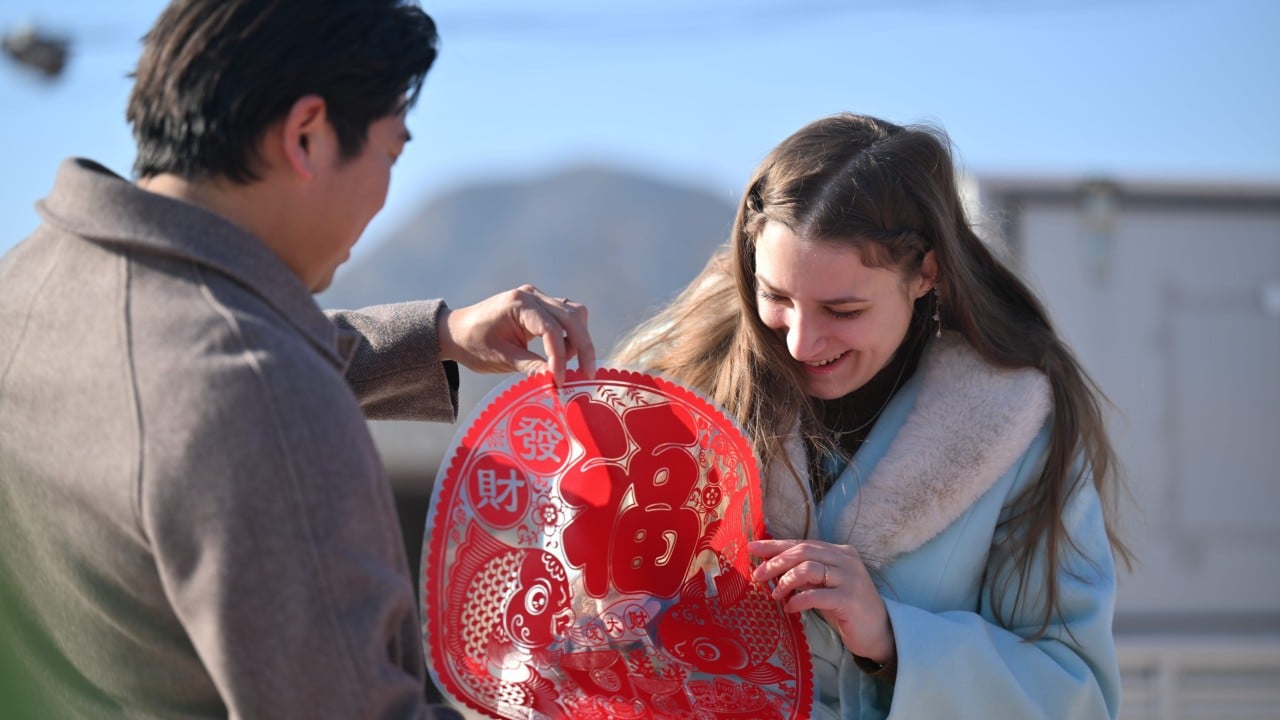Published: 9:30am, 8 Feb 2025Updated: 9:33am, 8 Feb 2025
In my freshman year at an American college almost two decades ago, I received a request from the telecommunications company Verizon to give a presentation to their employees at a local branch on what China was like. I was in a tiny town in Iowa, with a predominantly white population, and most residents’ only chance to experience diversity was to talk to international students.
Advertisement
At first, it felt awkward and superficial talking about what we ate in China, what the major cities were and how I grew up. There was nothing out of the ordinary about our lifestyle, so why was there a need to give a lecture about it?
But as I spoke, it became clear to me how little they knew of my culture. One member of the audience asked, “Do you still write with brushes from right to left?” Another asked whether we took English lessons in school, and if many Chinese spoke English. I ended up talking more about China than I thought I would.
International students made up 10 per cent of the population at the college I went to and school authorities always placed emphasis on merging different cultures. They wanted international students to experience America, but at the same time bring their own uniqueness to America.

I have always stood by that principle, never doubting it, which is why I’m astounded by the rise of extreme voices today.
Advertisement

